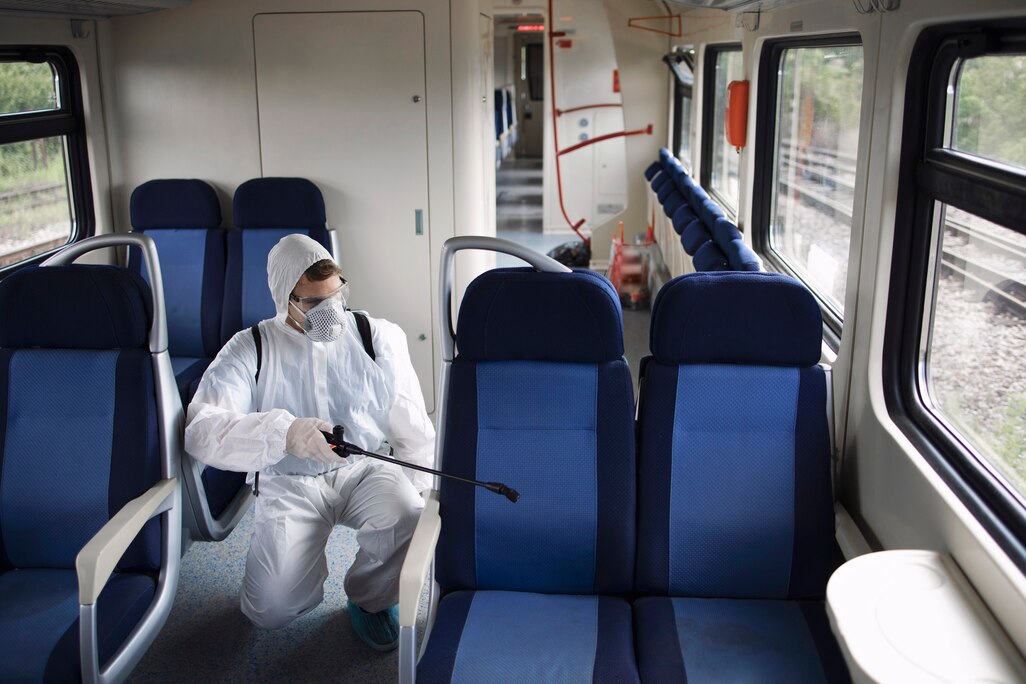According to VLS Environmental Solutions, the United States freight network is one of the largest networks in the world.
Moreover, it consists of 140,000 route miles. Similarly, it transports various goods and materials for almost every industry, from fast-moving consumer goods and agriculture to mining.
Additionally, 1.7 billion tons of goods go across the U.S. by the freight system, every year. In this blog, we will answer your query as to how Railroad Tank Cars are Cleaned, and to learn more, continue reading.
What Is Railcar Cleaning?
The process of cleaning railcars and inspecting them to ensure they are safe for us to use is the railcar cleaning facility. Moreover, the railway network is a vital part of the economy in the United States. Essential goods such as food, coal, waste materials, scrap metal, sand, and agricultural goods are moved through railway transport.
The railcar becomes dirty during the process of loading and unloading, as the residue of the goods is left behind in the railcar, leaving the railcar in a mess. Additionally, leaving behind waste is dangerous and unsafe when the next load is in the railcar. Properly cleaning the railcars is essential in ensuring no waste is left behind, as this makes sure that the next load is safe and prevents cross-contamination.
Railcar inspection services are an integral part to identify the best way to clean the tank car. Additionally, it highlights any broken parts, damages, or dangerous components that may require immediate attention and cleaning. Moreover, every part of the tank car goes through an inspection before the cleaning process, including the floors, doors, walls, and wheels.
Why is Railcar Cleaning Essential?
Compliance with regulations – Railcars that carry hazardous or potentially hazardous materials, such as chemicals or petroleum products, must be cleaned to meet regulatory standards set by various governmental agencies, including the EPA, DOT, and OSHA. Similarly, failure to comply with these regulations can result in fines, penalties, and legal liability.
Preventing contamination – Railcars must be cleaned to prevent contamination of products being transported. Moreover, residual products left in a railcar can mix with the next shipment, resulting in off-spec or contaminated products. This can lead to customer complaints, product recalls, and loss of business.
Preventing corrosion – Railcars are subject to corrosion from the products they carry, as well as environmental factors such as moisture and salt. Regular cleaning helps prevent corrosion, which can compromise the structural integrity of the railcar and pose a safety risk.
Ensuring safety – Proper cleaning of railcars is essential to ensure the safety of employees and the public. Residual products left in a railcar can pose a fire or explosion hazard, while contamination can lead to spills, leaks, or other incidents that can harm people and the environment.
Maintaining equipment – Regular cleaning can help extend the life of railcars and their components, such as valves and pumps, by preventing corrosion and damage. Moreover, this can reduce maintenance costs and downtime, ensuring that railcars are available when needed for transport.
What Is the Process of Railcar Cleaning?
Railcars can go through the cleaning process using a variety of methods, depending on the type of material that was in the transportation, the level of cleaning required, and other factors.
Some common methods include:
Manual Cleaning:
This involves physically scrubbing the inside of the railcar using brushes, scrapers, and other tools. This method is for light cleaning or for removing residue that is not hazardous.
High-Pressure Water Cleaning:
This method uses high-pressure water jets to remove residue from the inside of the railcar. This method is effective for cleaning heavy-duty materials and removing tough residues.
Chemical Cleaning:
This involves using chemical agents to dissolve or break down residues inside the railcar. Similarly, this method is for cleaning hazardous materials that require special handling.
Steam Cleaning:
This method uses steam to clean the inside of the railcar, which can be effective for removing stubborn residues and sterilizing the interior of the railcar.
Factors that can affect the choice of cleaning method include the type and quantity of material that was in the tank car, the level of contamination or residue left behind, the safety and environmental risks that associate with the material, and the desirable level of cleanliness required for the next shipment.
In addition, railcar cleaning may also be subject to regulatory requirements and standards set by industry organizations.
How to Inspect Railcar Tanks?
The tank car cleaning process begins with a thorough and immediate inspection to determine and evaluate what cleaning steps will provide the best results.
Moreover, the initial inspection takes into consideration the work scope, amount of heel, and the cleaning requirements of the client. Additionally, the rail car inspection requirements process allows for any mechanical defect to be in check for later repair.
Tank Car Cleaning Inspection List:
Visual Inspection:
- Check for any visible signs of damage or defects on the exterior of the tank car
- Look for any signs of leaks, cracks, or dents
- Verify that all safety devices and equipment are in place and functioning properly
Hazardous Materials Inspection:
- Identify any hazardous materials that were previously in the tank car
- Check for any residual material left in the tank car
- Verify that any hazardous materials have proper labels and storage system
Interior Inspection:
- Check for any debris, residues, or other contaminants inside the tank car
- Verify that the interior of the tank car is clean and free of any obstructions
Safety Inspection:
- Verify that all safety equipment, including ventilation systems, fire suppression systems, and personal protective equipment, is in good working order
- Check that all safety devices, such as pressure relief valves and rupture discs, are functioning properly
Regulatory Compliance Inspection:
- Verify that the tank car meets all applicable regulatory requirements, including DOT, EPA, and OSHA regulations
- Check that all required documentation, such as permits and certifications, is in order
Cleaning Readiness Inspection:
- Verify that all necessary equipment and supplies are available for the cleaning process
- Check that all personnel in the cleaning process have proper training and equipment to do so safely
Why You Should Utilize Tank Car Cleaning?
Preventative Maintenance – Shippers and manufacturers must set a reliable schedule for their tank cars to be clean on a daily basis. Moreover, this is to guarantee that the previous loads don’t contaminate the future loads and that the tank interior surfaces remain in proper condition.
Compliance Testing – Many industries, including the chemical and petroleum industries, are subject to regulatory requirements for cleaning and maintaining tank cars. Moreover, failure to comply with these regulations can result in fines or legal penalties.
Safety – Tank car cleaning is essential for maintaining the safety of workers and the environment. Residual material left in tank cars can pose a safety hazard, particularly if it is flammable, explosive, or toxic.
Efficiency – Cleaning tank cars can help maximize efficiency by reducing the risk of product contamination or equipment failure. Additionally, this can help prevent delays and ensure that shipment delivery is on time.
Contact Rail Car Tank Car Cleaning Experts
If you are looking for the best rail car cleaning services, look no further than Contrack Rail Car Storage. We ensure the safety and best quality services for our clients.
If you are wondering how Railroad Tank Cars are cleaned, our team will provide you with a thorough explanation and guarantee the best quality work. Contact us today and get your rail car to be cleaned on a daily.






